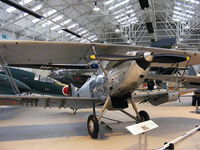 |
The Hind was a development of the Hart and was supplied to the Royal Air Force as an interim type prior to the outbreak of the Second World War. |
 |
Preserved at Cosford Air Museum |
 |
WG760, the first of the two prototypes, exceeded the speed of sound in level flight, achieving Mach 1.22 |
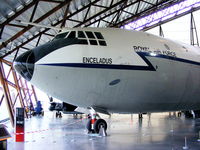 |
Design of this long-range, strategic transport aircraft began in February 1959, with the first flight in January 1964. Only ten of the originally ordered thirty Belfasts were built, all for the RAF. |
 |
Mitsubishi Ki-46 'Dinah' |
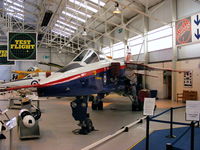 |
XX765 was withdrawn from RAF service to demonstrate the feasibility of Active Control Technology (ACT), under development by British Aerospace (BAe). The aircraft's normal control rods were replaced with a 'fly-by-wire' (FBW) control system, |
 |
85 Britannias were built and the RAF used twenty-three as long range troop and freight transports. |
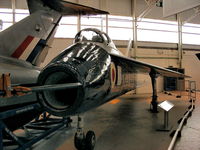 |
The SB5 was built to compare theories on the design of the wing and tail configuration of a new fighter, later to be known as the Lightning. |
 |
Lockheed SP-2H Neptune |
 |
Nicknamed 'Flaming Pencil', only two Bristol 188s ever flew, a third being used for ground tests. |
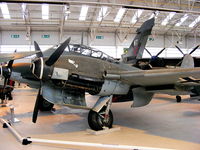 |
The last in a series of twin engined 'destroyers' manufactured by Messerschmitt, the Me410 was used by the Luftwaffe in a variety of roles. |
 |
Although never developed beyond the prototype stage, the British Aircraft Corporation TSR2 was one of the most exciting and controversial British combat aircraft designs of the 1960s. |
 |
The Argosy was a variant of the civil AW650 freight aircraft. The RAF ordered fifty-six Argosies for use as medium range transport, paratroop and supply aircraft. The prototype flew on 4 March 1961, |
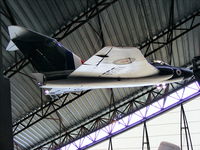 |
The Javelin was the world's first twin-jet delta-wing fighter, designed to intercept bombers at high altitudes and at high subsonic speeds. Electronic and radar devices gave it an all-weather capability. |
 |
A dual-control training version of the classic single-seat Hunter, the first prototype Hunter trainer flying in July 1955, and featured side-by-side seating for the student pilot and instructor. |
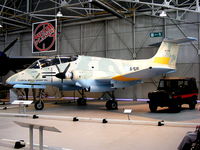 |
Five Pucara's survived the Falkland war in reasonable condition and were shipped back to the UK. This aircraft was chosen for performance evaluation by the AAEE at Boscombe Down and was returned to flying condition during 1983 |
 |
The Ju52/3m, flew in April 1932. Orders for this robust aircraft, which could carry seventeen passengers or eighteen troops, soon started coming in and included an order for three from the pre-war British Airways, whose colours this example is displayed |
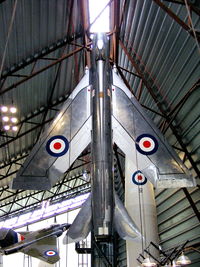 |
Three P1B prototypes were ordered, they were followed almost immediately with an order for 20 fully equipped pre-production aircraft of which XG337 was the last. Each was used to develop particular facets of supersonic fighter interception. |
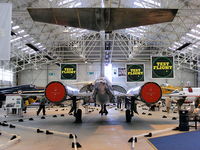 |
Built mainly of stainless steel, this aircraft was designed to investigate the effects of heat on aircraft structures at very high speeds. To protect the pilot against heat build-up a special cockpit refrigeration system was installed. |
 |
The second prototype BAC TSR2 |
 |
Royal Air Force Museum |
 |
Royal Air Force Museum |
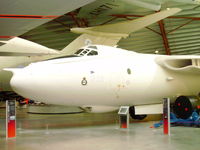 |
Royal Air Force Museum |
 |
Supermarine Spitfire IA, RAF Museum |
 |
Supermarine Spitfire IA |
 |
Shorts Belfast C1, RAF Museum |
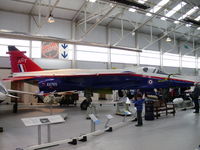 |
Royal Air Force Museum |
 |
Royal Air Force Museum |
 |
Royal Air Force Museum |
 |
Royal Air Force Museum |
 |
Royal Air Force Museum |
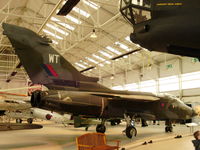 |
Royal Air Force Museum |
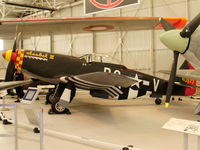 |
North American P-51D Mustang, RAF Museum |
 |
Mitsubishi Ki-46 III |
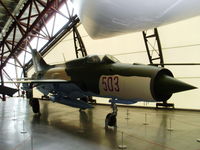 |
Royal Air Force Museum |
 |
Royal Air Force Museum |
 |
Royal Air Force Museum |
 |
Royal Air Force Museum |
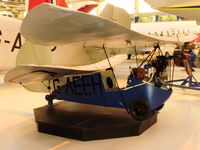 |
Royal Air Force Museum |
 |
Messerschmitt Me 163B, RAF Museum |
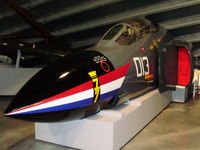 |
MD F-4K Phantom, RAF Museum |
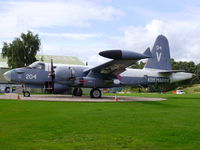 |
Lockheed P-2H Neptune, RAF Museum |
 |
Royal Air Force Museum |
 |
Royal Air Force Museum |
 |
Royal Air Force Museum |
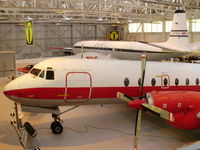 |
Royal Air Force Museum |
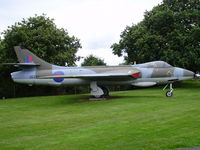 |
Royal Air Force Museum |
 |
RAF Museum, Cosford |
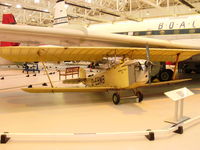 |
Royal Air Force Museum |
 |
Royal Air Force Museum |
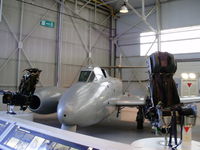 |
Royal Air Force Museum |
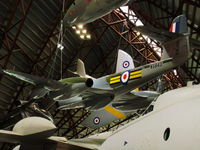 |
Royal Air Force Museum |
 |
Royal Air Force Museum |
 |
Royal Air Force Museum |
 |
Royal Air Force Museum |
 |
Royal Air Force Museum |
 |
Royal Air Force Museum |
 |
Royal Air Force Museum |
 |
Royal Air Force Museum |
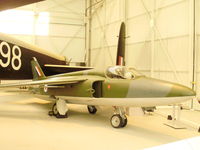 |
Folland Gnat F1, RAF Museum |